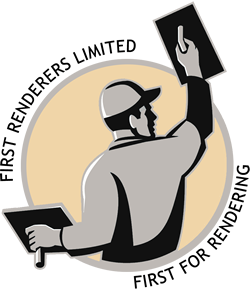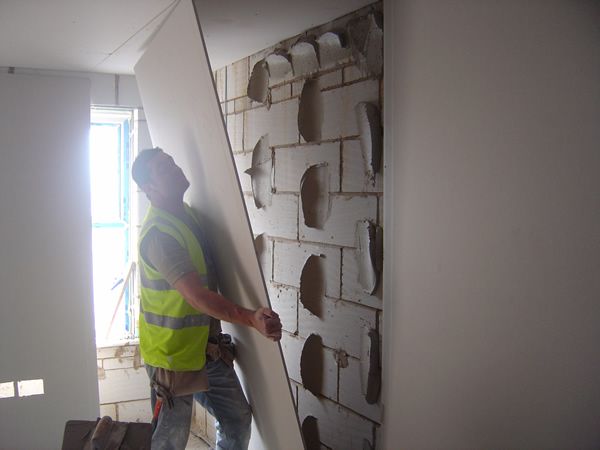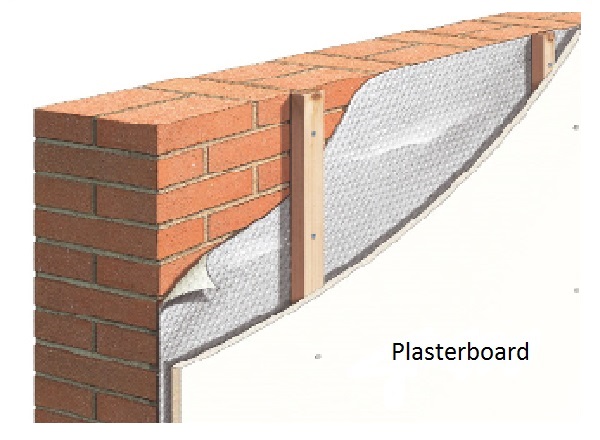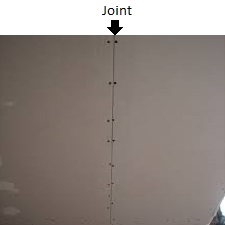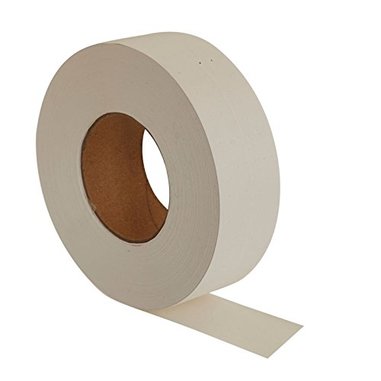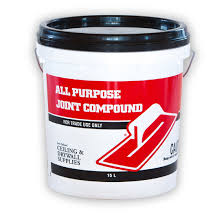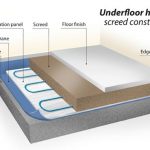What is dry Lining ?
Dry lining/ dry walling is a construction method that involves attaching plasterboard to the internal walls and ceilings of a building.
An advantage of dry lining is that you don’t have to wait for it to dry compared to applying wet plaster to internal walls and you quickly paint the surface of the plasterboard to whatever colour appeals to you.
Dry lining is more simplified to apply to building compared to applying wet plaster which requires years of practice to perfect.
However, the disadvantages of dry lining are that the plasterboards are easily damaged, the plasterboards are not able to support heavy weights if you were to fix shelves to a plasterboard wall and that care must be taken when positioning and fixing plasterboards into place so as to avoid build up of condensation or inadequate insulation.
There are three ways to use dry lining:
- adhesive paste can be added to the internal walls before fixing the plasterboard to the internal walls
- attaching plasterboards to timber or metal walls using nails – this technique is known as ‘tacking’
- attaching plasterboards to internal walls using screws – this technique is known as ‘screwing’
Pic of a joint between plasterboards Pic of a jointing tape Pic of a jointing compound
When the plasterboard is fixed to a wall using adhesive paint/ nails/ screws, a jointing tape is used to cover the joints between plasterboards and a jointing compound (gypsum dust) is mixed with water and applied to holes in the plasterboard created when nails/ screws were attached to the plasterboards.
